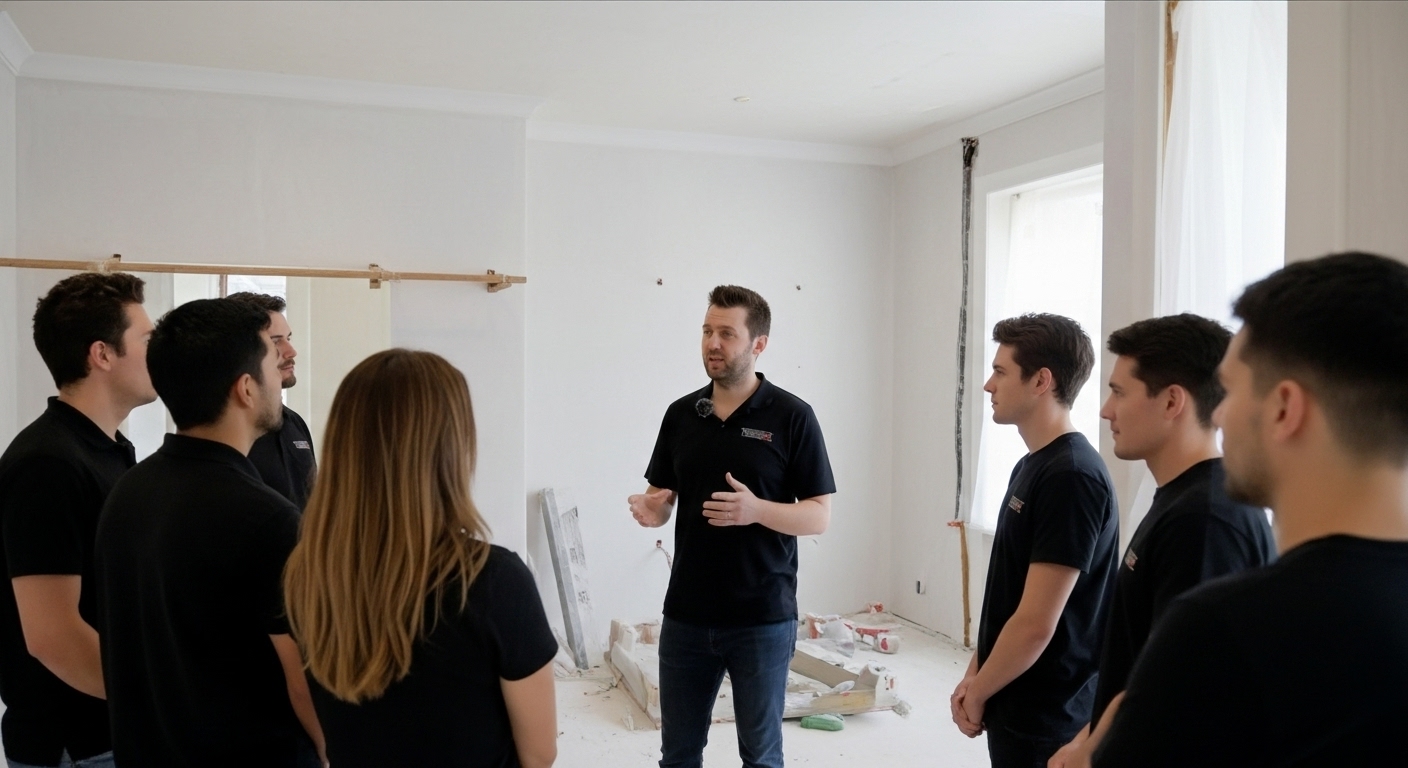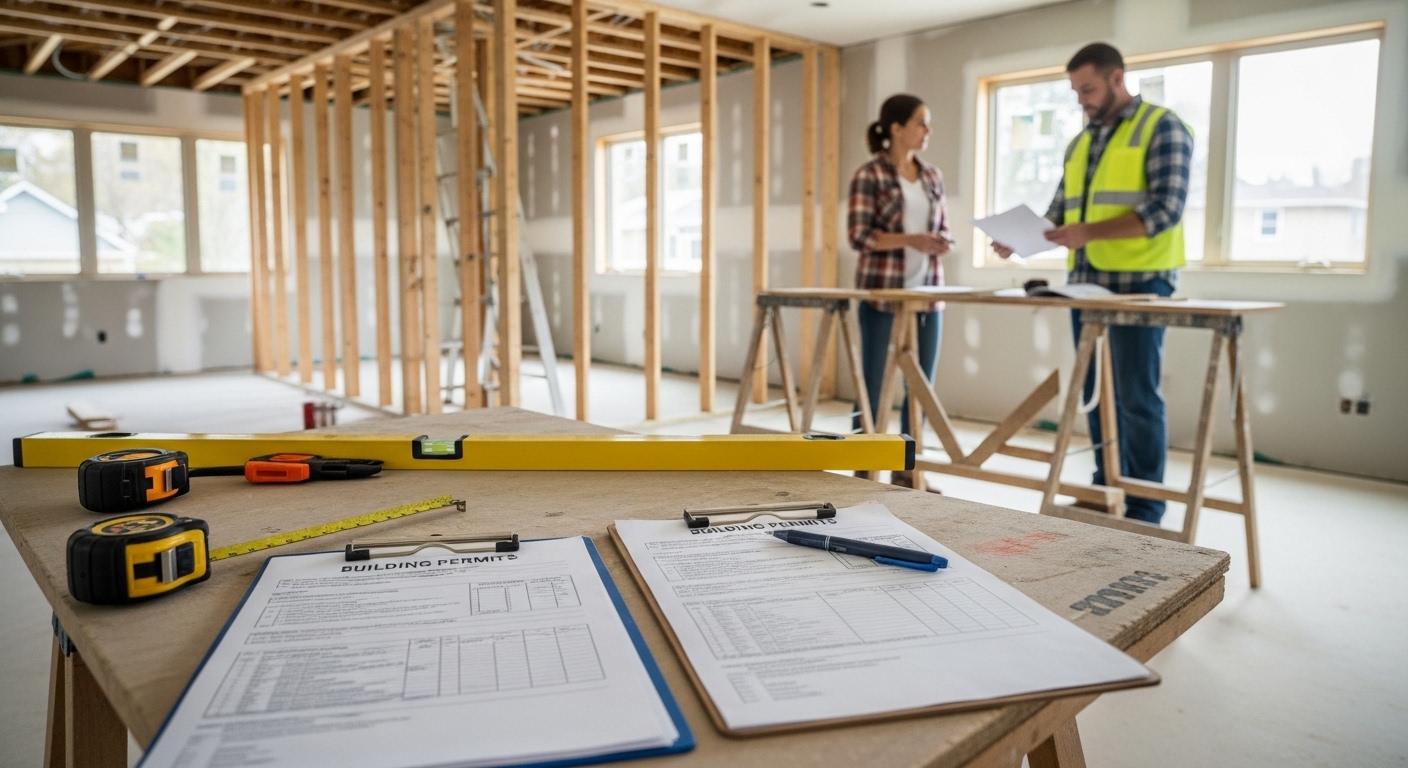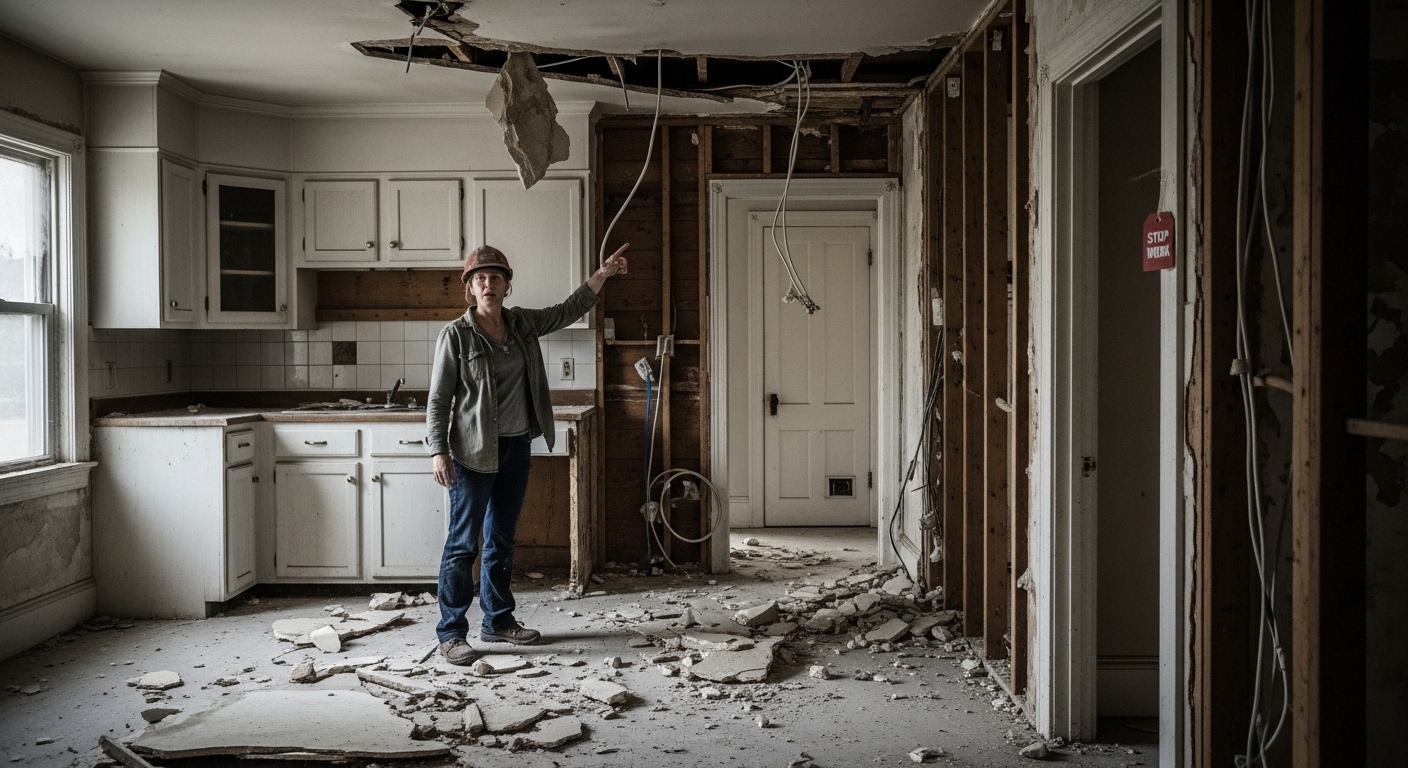Before You Build: What to Know About Permits, Inspections, and Timelines
So you’re ready to dive into your renovation or build project—maybe that dream kitchen, a basement overhaul, or a brand new cottage. It’s exciting stuff, but before the dust starts flying, you need to know a few behind-the-scenes essentials. We’re talking permits, inspections, and timelines. It might not be the glamorous side of construction, but getting these things right makes your project smooth instead of becoming a never-ending headache. Here’s the breakdown.
1. Permits: Why You Can’t Just Wing It
Permits are the green light from your local municipality for starting a building. They ensure your actions are legal, safe, and up to code. And yes, you almost always need one—especially if you’re changing structure, plumbing, or electrical. Skipping permits might seem like a good way to save time and money, but it can bite you later when it comes time to sell or refinance. Worst case? You get slapped with stop-work orders or fines. Not worth it.
What to expect: Getting permits can take a couple of weeks (or more), depending on where you live and what you're building. That’s why we always start there. It sets the tone for the whole project.
2. Inspections: Yes, They’re a Big Deal
Inspections are required at different build stages to ensure everything's up to code. Think framing, electrical, HVAC, and plumbing—each one gets looked at before you can move forward. They might feel like a formality, but trust us, they’re necessary. A good inspector will catch issues before they become expensive problems down the road.
Pro tip: Work with a builder who welcomes inspections. If someone suggests "skipping" one, that’s a red flag. At Gen Con, we build to pass with flying colours—no shortcuts, no surprises.
3. Timelines: Expect the Unexpected
Everyone wants their project done yesterday. However, timelines can shift, especially when permits or inspections hit a snag or supply chains are slow. That doesn’t mean your project is doomed—it just means you need to build in a buffer and work with a team that knows how to pivot.
How to stay on track: Start with a realistic timeline and understand that quality work takes time. We always build schedules with some flex room, because let’s face it—this is construction, not a fast-food drive-thru.
4. Communication is Everything
Want your project to stay on time and budget? Communication is the name of the game. You should never feel like you’re in the dark about what’s happening. From weekly check-ins to updates on delays, the goal is to keep you in the loop so you’re not left guessing.
Why it matters: Surprises in construction are normal. What matters is how your builder handles them. Clear updates, quick responses, and a solid plan B keep things moving forward.
5. Don’t Forget the Planning Phase
Many people want to jump straight into demo day, but the real magic happens in the planning phase. Design, layout, permits, budgeting, and sourcing materials happen up front. It might feel slow at first, but trust us, this stage makes the rest of the project way smoother.
Bottom line: Rushing the planning phase usually leads to mistakes, delays, and budget blowouts later. Take the time, make the plan, then build with confidence.
Ready to Build the Right Way?
Permits, inspections, and timelines might not be the fun part of building, but they’re the foundation of a project that gets done right. At Generation Construction, we handle the nitty gritty so you can focus on the exciting part—watching your space transform. Thinking about your next project? Let’s talk. We’ll walk you through it, step by step.




